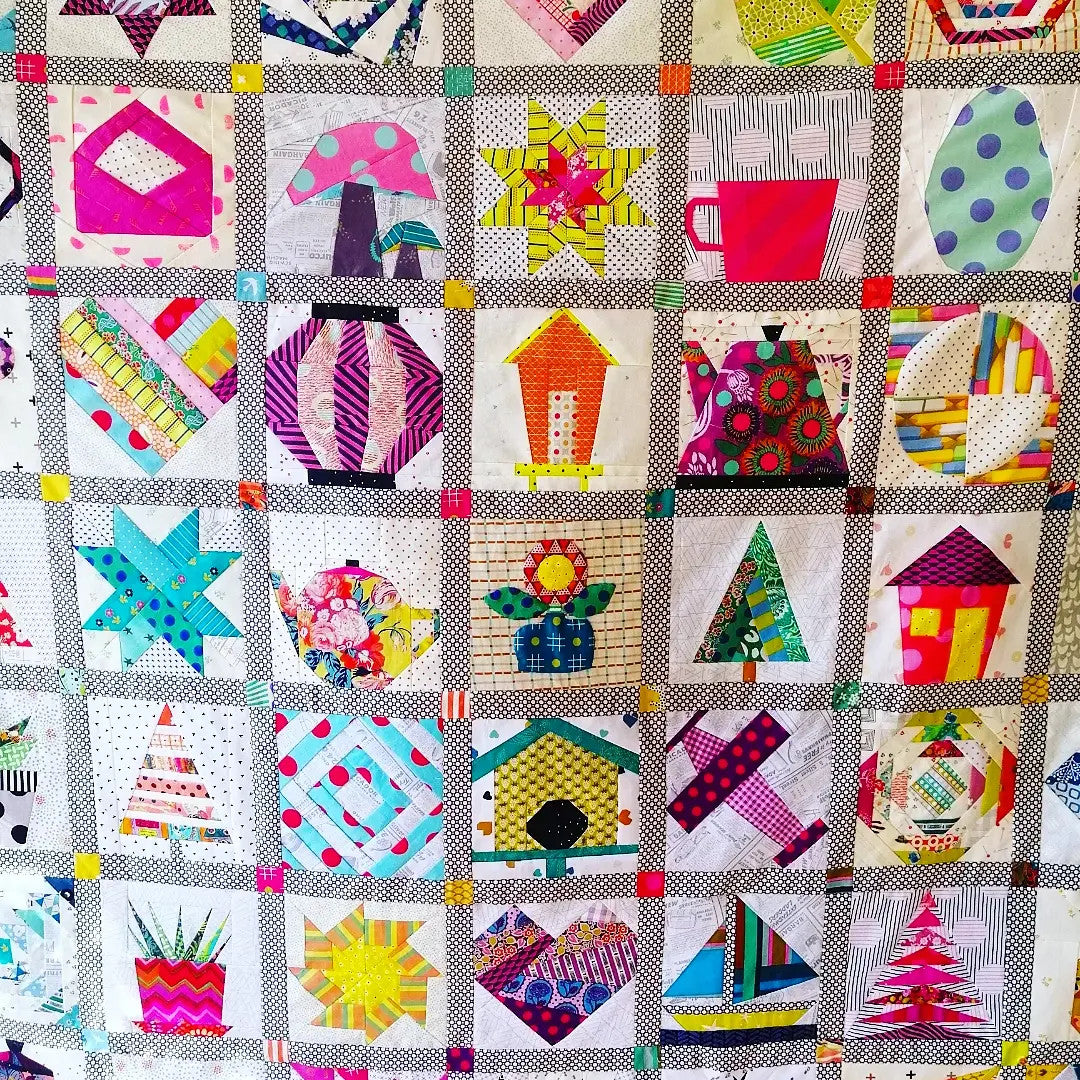
Pros and Cons of Foundation Paper Piecing
Share
Pros of foundation paper piecing
- Accuracy: Foundation paper piecing allows for incredibly accurate and precise piecing, especially when dealing with complex or small pieces. The paper foundation acts as a stabilizer, preventing fabrics from shifting or stretching during sewing, resulting in perfectly matched seams and points.
- Complex Designs: This technique is ideal for creating intricate and complex quilt blocks that might be challenging to piece using traditional methods. With foundation paper piecing, you can easily achieve sharp angles, curves, and unique shapes.
- No Stretching: Fabric pieces are sewn directly onto the paper template, which helps prevent distortion and stretching, even with bias edges. This is especially advantageous when working with fabrics prone to stretching or fraying.
- Beginner-Friendly: While the technique might seem intimidating at first, it's actually quite accessible for beginners. The paper templates provide a visual guide, making it easier to sew accurately and confidently.
- Customisation: Foundation paper piecing enables you to replicate specific designs consistently, which is valuable when creating duplicate blocks for larger quilts or projects.
- No Need for Templates: With traditional quilting, you often need to create templates for each fabric piece. Foundation paper piecing eliminates the need for individual templates since the paper foundation serves as the template.
- Professional Finish: Foundation paper piecing often results in a professional-looking finish due to the precise piecing and sharp angles that can be achieved.
Cons of foundation paper piecing
- Time-consuming: Foundation paper piecing can be a time-consuming technique, particularly for complex designs. Each fabric piece needs to be individually sewn onto the foundation paper, leading to a slower process compared to traditional piecing methods.
- Intricate Construction: While the complexity of foundation paper piecing can be a pro for some, it can also be a con for others. The intricate construction may not suit quilters who prefer faster, simpler piecing methods or who are new to quilting. It requires attentiveness and patience to follow the pattern and align fabric pieces accurately.
- Paper Removal: The foundation paper used in paper piecing must eventually be removed from the quilt block. This process can be tedious.
While foundation paper piecing offers numerous benefits, it's important to note that it might not be the preferred technique for every quilter or project. It requires a different approach and some practice to master, but the results can be truly impressive and rewarding.
If you are interested in giving foundation paper piecing a try, visit the FPP section of the shop - there are also a few free patterns to try!
As always, thank you for stopping by.
You may like to read about the
Top 20 Tips for Foundation Paper Piecing
Foundation Paper Pieced String Blocks
Foundation Paper Pieced Quilt Borders




